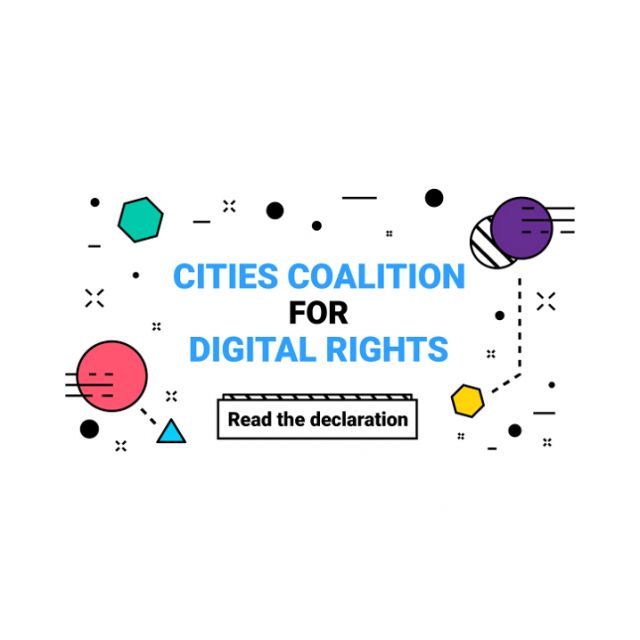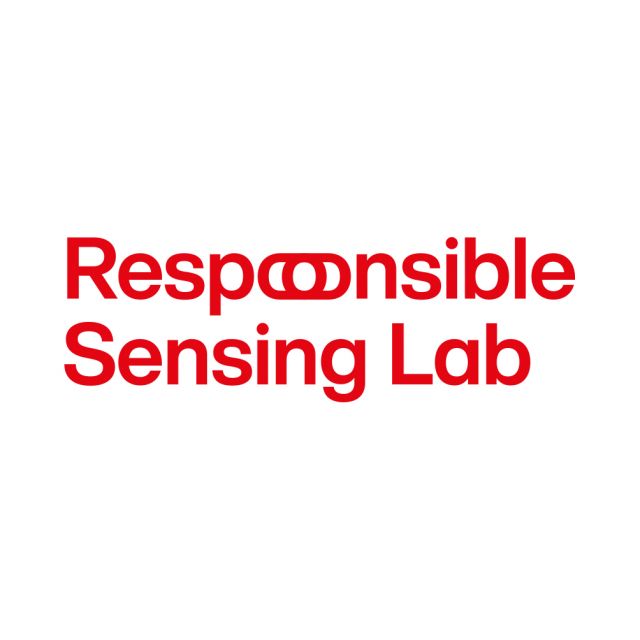Step 1
Define User Cases and Goals

You need to establish why you are using sensing technology in public spaces and what you want to achieve in order to justify the project legally and ethically.
Questions
Sensing projects can be unnecessarily invasive. Think about how to approach your project with Privacy by Design as a guiding principle and ask yourself questions like:
What real problem am I trying to solve?
Is the use of sensing technology necessary?
How invasive is this technology?
Resources
During this stage you should take a close look at these resources that will help you define use cases and establish goals ethically and responsibly:
Privacy by Design
Proportionality
Use Case and Goal Examples
Video Library
Visit the video library for expert interviews and advice about defining use cases and goals. In this section we’ll be speaking with the experts:
Ger Baron – CTO City of Amsterdam
Eelco Thiellier – Project Manager CMSA, Traffic & Public Space City of Amsterdam
1.1 Questions
There are many ethical considerations to take every step of the way and you need to be aware of the invasiveness of crowd monitoring technology in a social context to inform responsible decisions.
- What exactly do we want to achieve? What (positive) change do we want to enable and how? Establish goals but try to be realistic.
- Is there a real problem that can ONLY be solved with a crowd monitoring solution? How do we address and minimize invasiveness?
- What will the positive and negative impact be if we use video cameras and camera vision in a public space? What are the benefits and risks?
- What is Privacy by Design and how do we use this as a guiding principle in our project?
- Can you implement a crowd monitoring test, project, or solution that is transparent and inclusive rather than exclusively imposing surveillance?
- How do I use crowd monitoring with the public in mind to create awareness rather than control?
- What assumptions do we want to validate? Do we have the resources to test and confirm hypotheses?
- Is there existing data? How do we create a baseline so we can measure impact and define success?

1.2 Privacy by Design
Privacy By Design is part of the EU General Data Protection Regulation (GDPR) and should be understood at the beginning of any crowd monitoring project. In short it simply means “data protection through technology design.” It is the umbrella to cover your decision making process and ensure responsible and ethical decisions. For more about Privacy by Design visit the GDPR information webpage.
A good place to start applying Privacy by Design is to think about different crowd monitoring technologies in the context of data ethics and social values. To find out more Privacy by Design visit paragraph 3.1.2 of Step 3 | Responsible Sensing Lab.
1.2.1. Data Ethics
In addition to Privacy by Design and GDPR compliance, social values need to be taken into consideration when establishing your goals and developing use cases for your responsible sensing project. To find out more about how to effectively address data ethics visit the website of Tada, the Cities Coalition for Digital Rights, and our own website.
1.2.2 Benefit vs. Risk Quick Scan
When establishing which sensing technology will help you achieve your goals you should be aware of the benefits and risks. Below you will find a quick scan of some benefits for using sensors in public spaces, examples of sensing technologies, as well as some specific risks to consider.
Technology
Technology can be used to monitor. Consider the potential invasion to privacy.
CCTV
Computer vision
Motion sensors
Radar
Wifi sniffing
BLE (Bluetooth)
Vibration
Thermal
Mobile apps and geo fencing
Microphones and sound sensors
Benefits
Your goals should relate to real needs and creating social impact in public spaces.
Public health and safety
Improve city services
Optimise public space
Social distancing
Reduce costs
Environmental quality
Policy / Planning
Risks
Consider the long term social context and ethical dangers for your sensing project.
Rights erosion
Public trust
Invasion of privacy
Social engineering
Surveillance state
Function creep
Chilling effect
Compromised freedoms
Legal
1.2.3 Proportionality
When deciding what technology to use, it is important to assess the proportionality of the measures you are taking. The proportionality principle states that the degree of infringement of the individual interest must be proportionate to the intended legitimate purpose of the particular measure that is being used.
The graph below is an abstract visualisation to illustrate the importance of striking a balance between the invasiveness of an intervention and the need (importance of a goal). A proportional solution will be found in the upper left half of the graph where invasiveness and need are balanced (see red RSL logo). If there is a less invasive solution that could solve the same problem this is always the preferred direction. Finding this balance will be more complicated than it might seem in this graph. Involving ethical, technological and law experts will aid in making the right decision.
1.2.4 Use Case and Goal Examples
Below we have provided three simple but specific examples of responsible sensing projects that have been deployed in Amsterdam. By pressing the link you will be lead to the project page where you can read about the goals that were set in these projects.
- Use Case 1: Recreational Crowd Study
- Use Case 2: OSCM Testing at the Marineterrein. Counting Vistors During the Hot Summer
- Use Case 3: Addressing COVID-19 related social distancing in public spaces with real time interactive data visualizations.
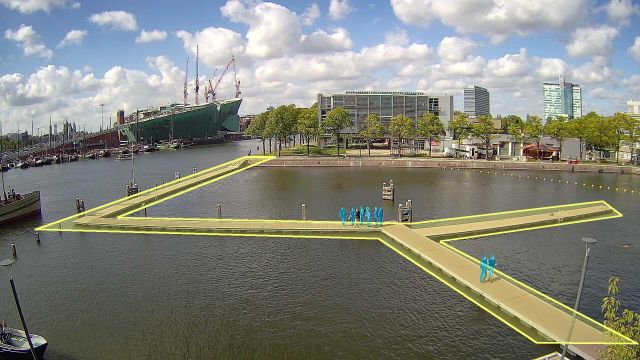
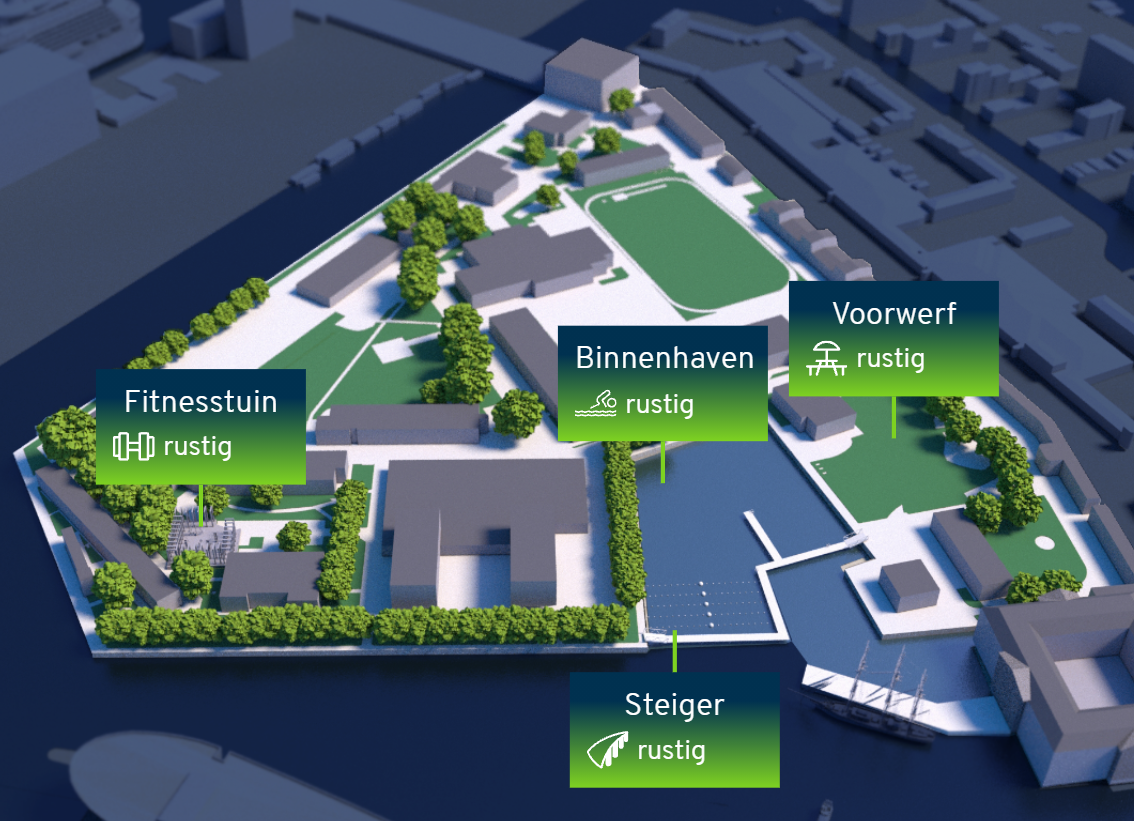
The experts involved in creating the Responsible Sensing Toolkit also spoke about the importance of formulating the right goals. The following goals were discussed in the interviews.
- Goal 1: Safety versus privacy: to monitor crowds so we can make public spaces safer without compromising privacy. See expert interview with Mark Wiebes, Chief Innovation Officer, Dutch Police.
- Goal 2: Creating real time data to design effective interventions that make a positive impact on public spaces and improve quality of life. See expert interview with Ido Nap, Program Manager Sensing, Dutch Police.
- Goal 3: To create insights with data visualizations and dashboards to help the municipal decision makers understand crowd behavior and inform policy. See expert interview with Markus Pfundstein, Founder & Principle Engineer Life Electronic.
1.3 Video Library
The expert interviews are a quick way for you to get some great advice. Before moving on to Step 2 of the Toolkit, please take a few minutes to learn from personal experience and insights that will help you think about Use Cases and Goals for your sensing project.
All expert interviews ask these three questions:
What are the biggest challenges for crowd monitoring in public spaces?
What are some approaches to address these challenges?
What advice can you give innovators thinking about crowd monitoring?
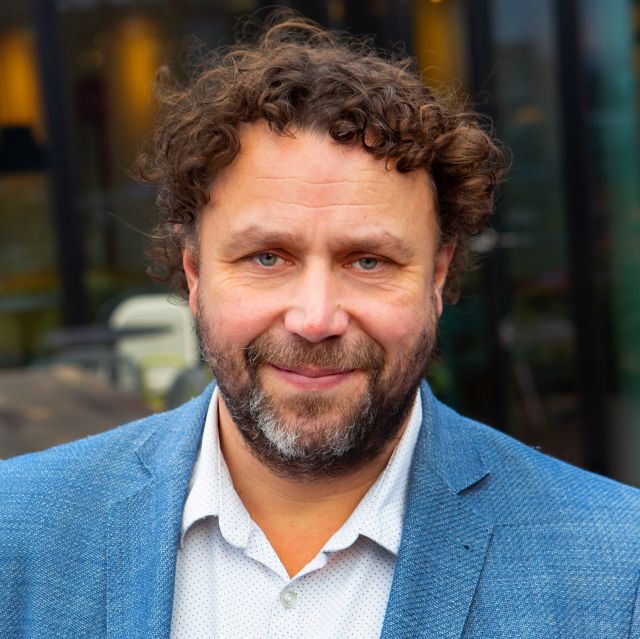
Ger Baron
CTO City of Amsterdam
As the CTO of the city of Amsterdam, Ger talks about justifying the use of sensing technology and how important it is to ask yourself questions like: what is the problem I am trying to solve? and, how can I design a solution that informs rather than controls people?
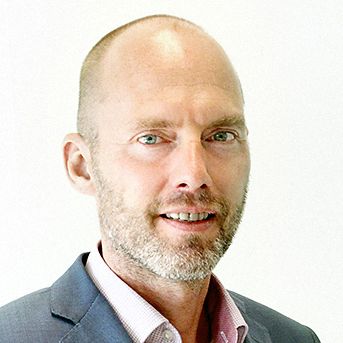
Eelco Thiellier
Project Manager CMSA, Traffic & Public Space City Of Amsterdam
Crowd Monitoring System Amsterdam (CMSA) is a city wide program that measures crowd density to identify “hot spots” in public spaces. Eelco provides insights about the complexity of optimizing crowd management with data while keeping the people’s needs in mind, respecting privacy, and providing for the common good.
You have finished the first of the six step of the Responsible Sensing Toolkit.
Responsible Sensing Toolkit Workshop Trial
As you can see this whole process is quite complex. Even as a municipal innovator with experience in sensing projects it can be difficult to implement these tools on your own.
If you need help, sign up for our Responsible Sensing Toolkit Workshop Trial. This workshop (Workshop 1) will help you and your team to identify your dilemmas with the Decision Canvas as a guide. The Workshop Trial takes only one hour and helps you to set up a clear roadmap to a responsible and ethical sensing project. In particular cases this workshop is free of charge.
Please check out our workshops or contact Sam Smits.


